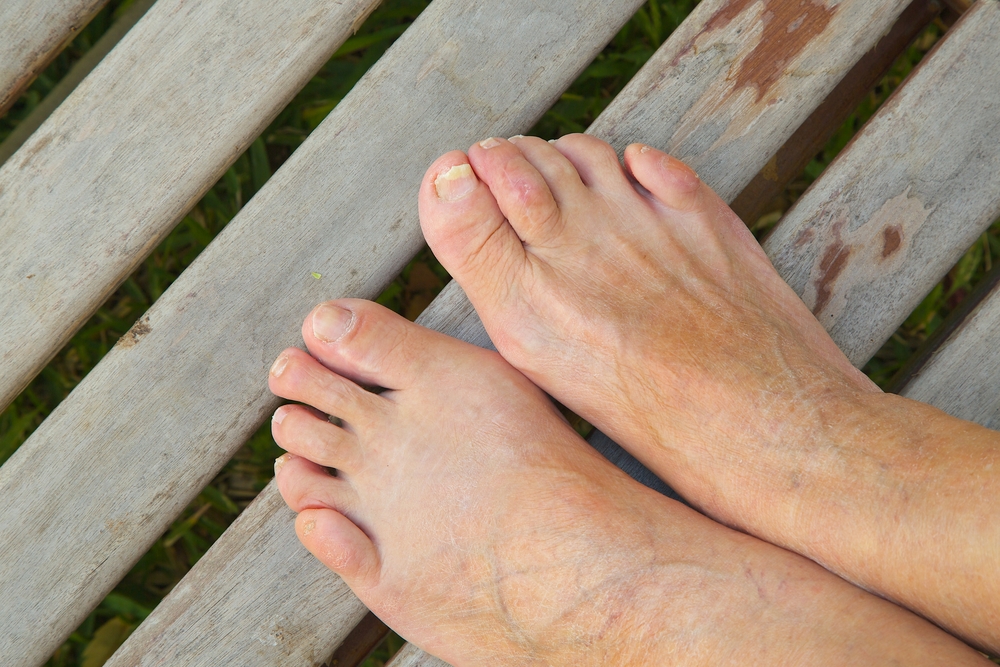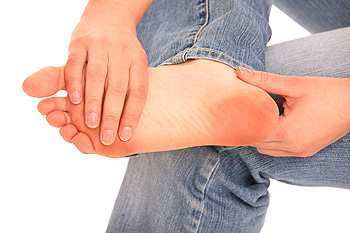Hammertoe is a common foot deformity in which one or more of the little toes are fixed in a bent position at the middle joint. If it is diagnosed early, this condition can be treated nonsurgically using orthotics, foot exercises, foot pads or cushions, and nonsteroidal anti-inflammatory medications or steroid injections. Without early diagnosis and treatment, hammertoe tends to worsen over time and may require surgery. Typically, surgery for a hammertoe is an outpatient procedure, so you can go home on the same day as your surgery. Following surgery, you may be able to bear weight on your foot immediately. However, full recovery usually takes 4-6 weeks, and you may need to wear special shoes or a boot. To find out which type of treatment is right for you, please consult with a podiatrist.
Hammertoe
Hammertoes can be a painful condition to live with. For more information, contact Cary Golub, DPM from New York. Our doctor will answer any of your foot- and ankle-related questions.
Hammertoe is a foot deformity that affects the joints of the second, third, fourth, or fifth toes of your feet. It is a painful foot condition in which these toes curl and arch up, which can often lead to pain when wearing footwear.
Symptoms
- Pain in the affected toes
- Development of corns or calluses due to friction
- Inflammation
- Redness
- Contracture of the toes
Causes
Genetics – People who are genetically predisposed to hammertoe are often more susceptible
Arthritis – Because arthritis affects the joints in your toes, further deformities stemming from arthritis can occur
Trauma – Direct trauma to the toes could potentially lead to hammertoe
Ill-fitting shoes – Undue pressure on the front of the toes from ill-fitting shoes can potentially lead to the development of hammertoe
Treatment
Orthotics – Custom made inserts can be used to help relieve pressure placed on the toes and therefore relieve some of the pain associated with it
Medications – Oral medications such as anti-inflammatories or NSAIDs could be used to treat the pain and inflammation hammertoes causes. Injections of corticosteroids are also sometimes used
Surgery – In more severe cases where the hammertoes have become more rigid, foot surgery is a potential option
If you have any questions please contact our offices located in Williston Park, and Long Beach, NY . We offer the newest diagnostic and treatment technologies for all your foot and ankle needs.





